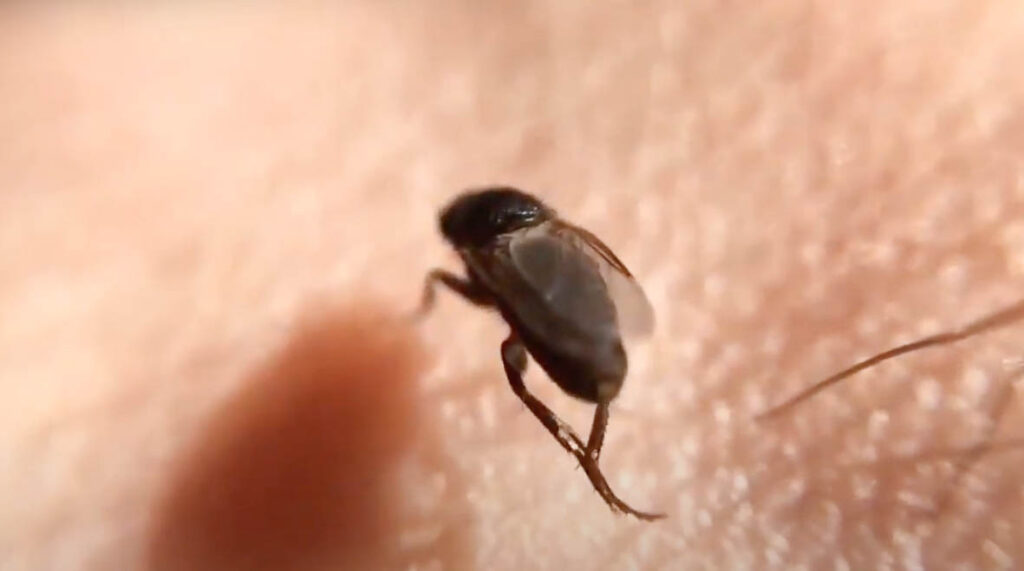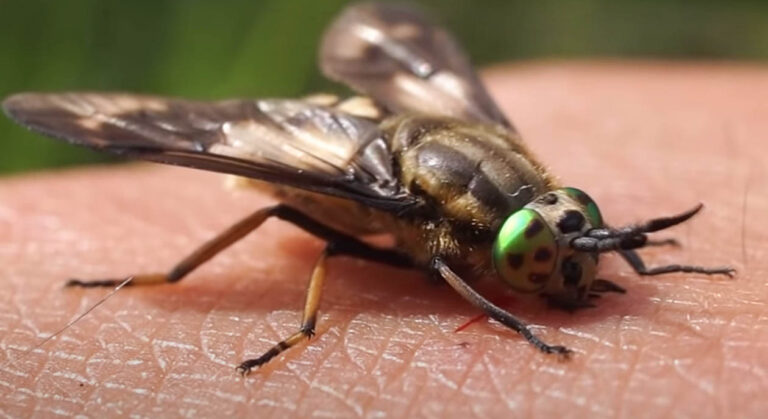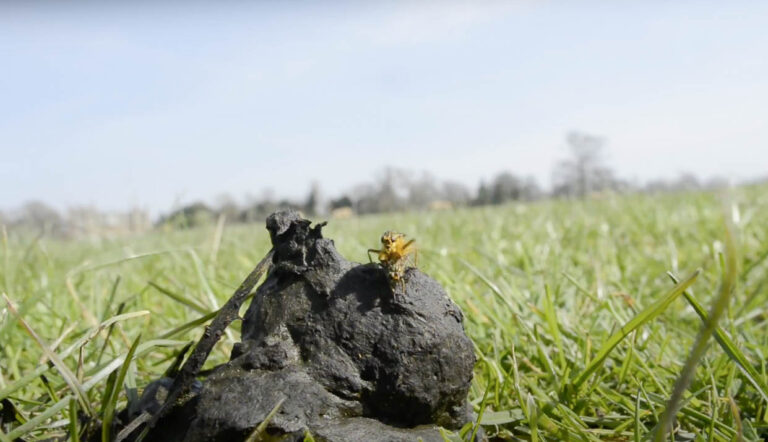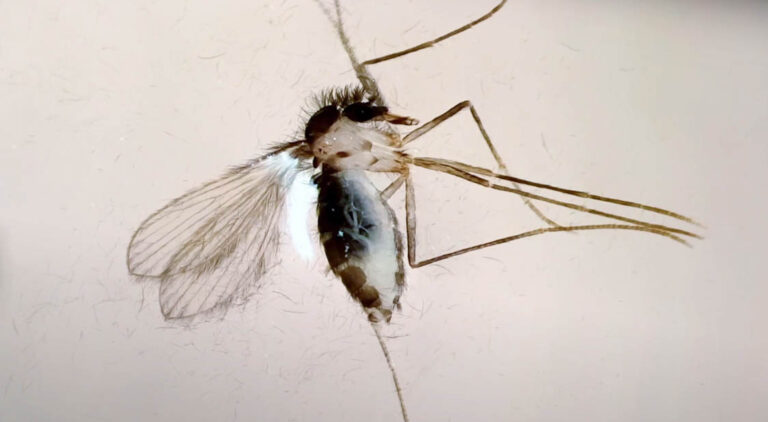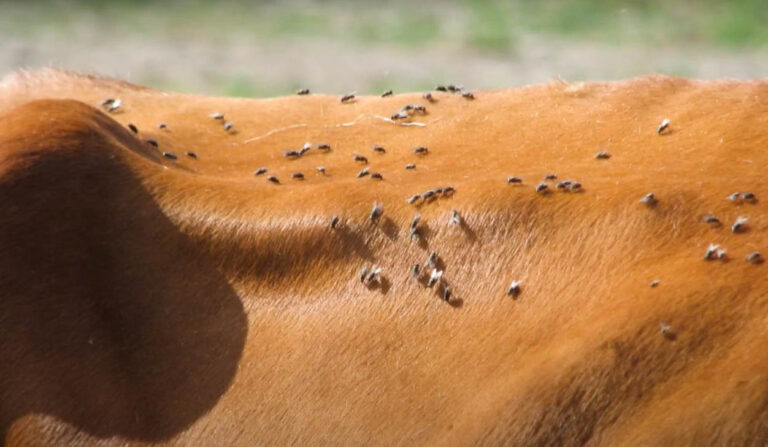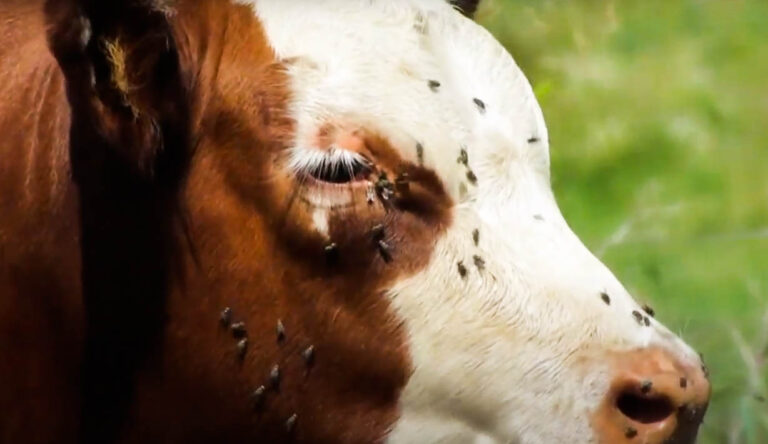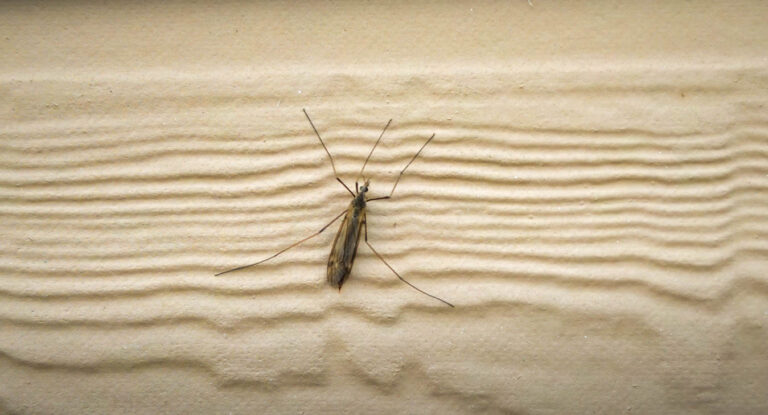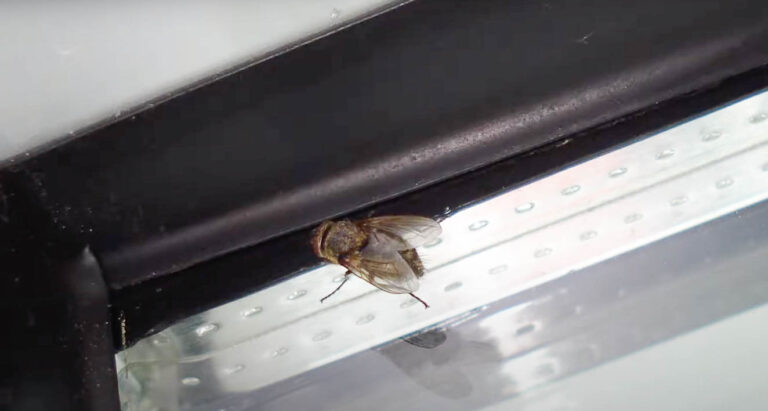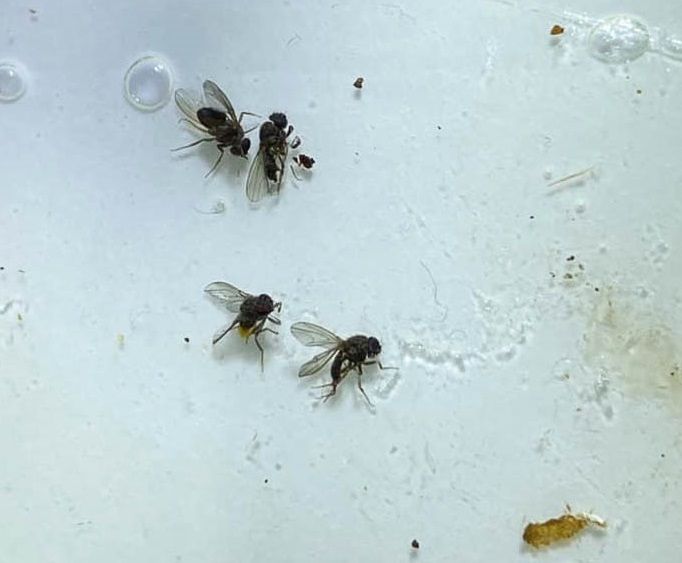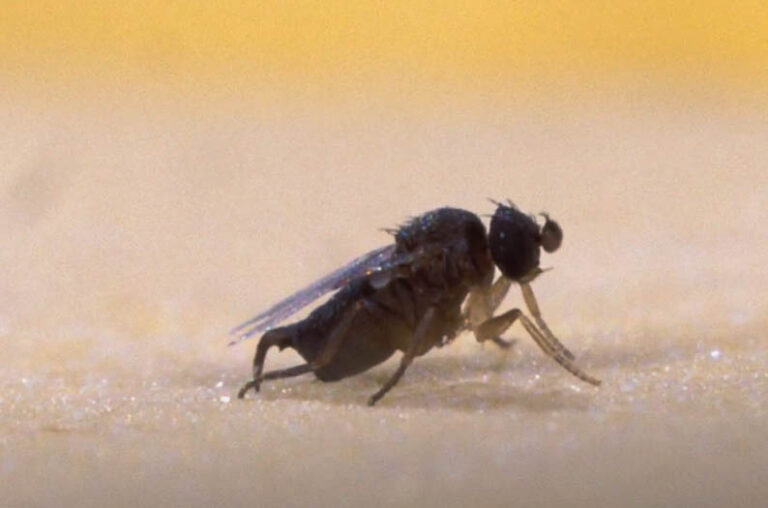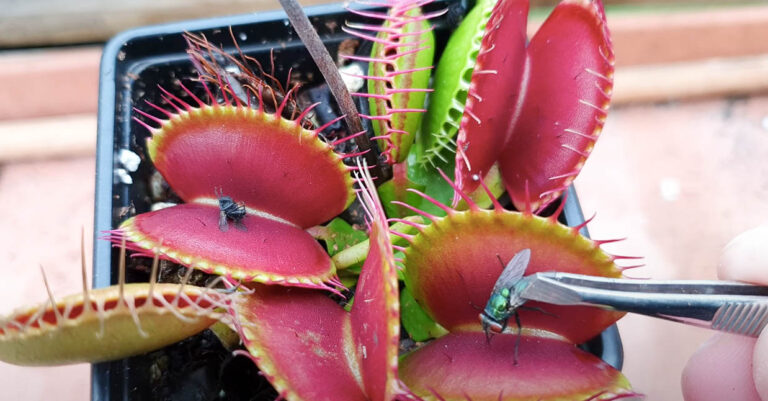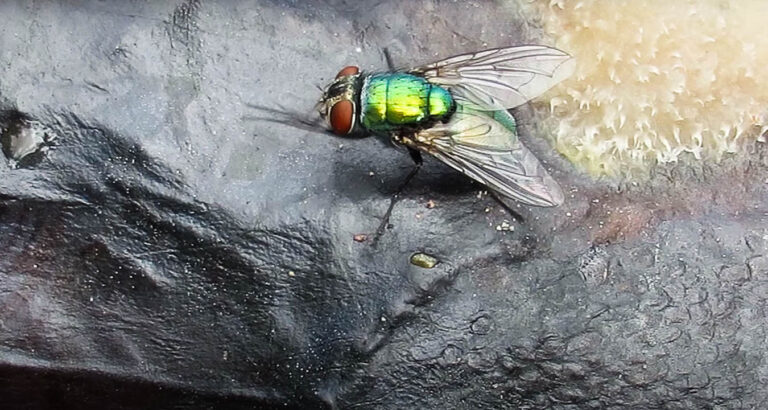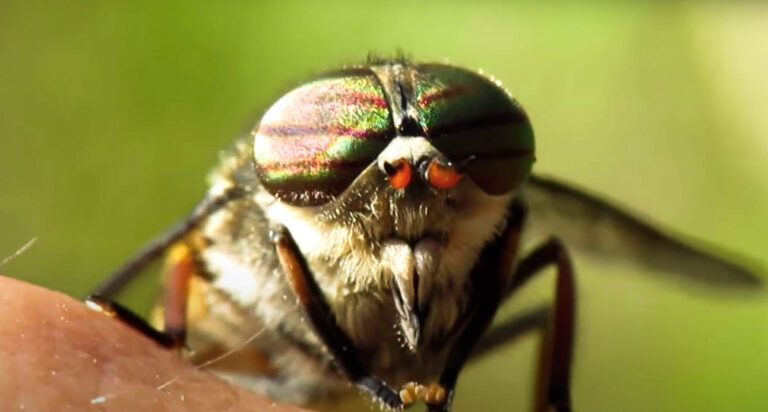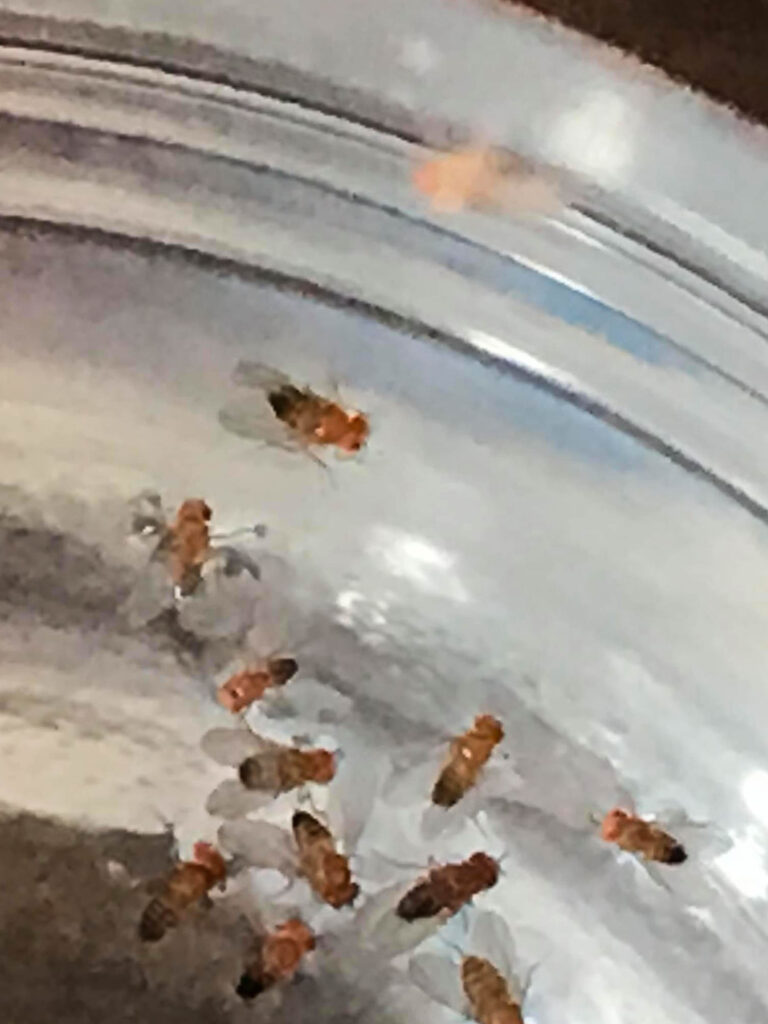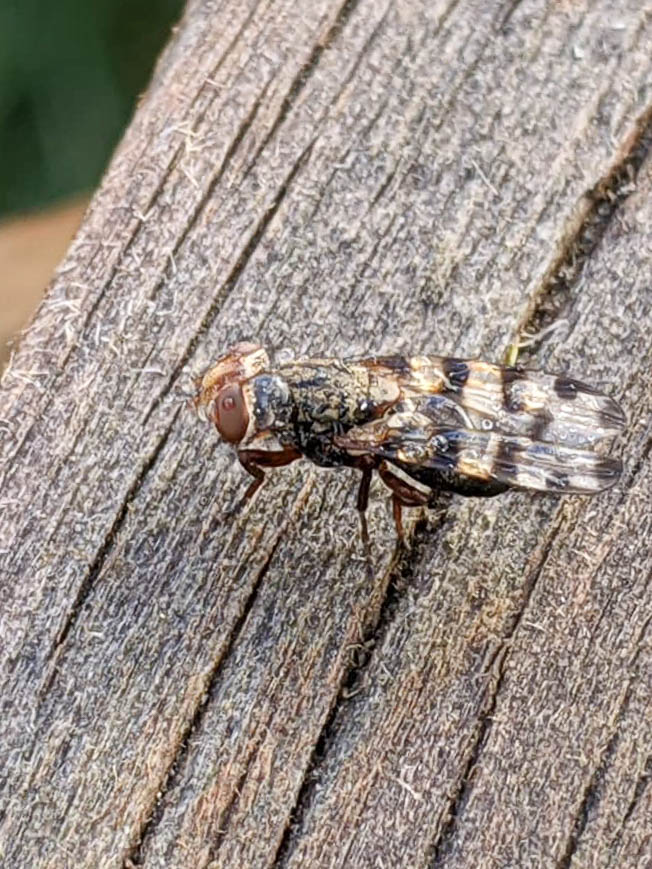About the Phorid Fly
Appearance
At first glance, you’d be forgiven for mistaking a phorid fly for a fruit fly. They can look remarkably similar. However, there are several significant differences. Phorids are distinguishable for their large, broad thorax which leads to their characteristic humpbacked appearance. They are typically around 0.5 to 5.5 mm (0.02 to 0.2 in) in length. Their back legs are flattened, giving them a crouching appearance. Unlike fruit flies, they also lack the bright red eyes. Instead, their eyes are protruding and rather dull or black. They also have a set of segmented antennae to help with sensory perception. The thorax is a solid shape, from which the wings attach, folding on their back. The wings are generally transparent but rarely can have faint markings. The abdomen is segmented into around six segments—these segments taper, to give the appearance of a tail. In color, most phorid flies are black or dull brown. However, they can sometimes be lighter in appearance: yellowish-brown.
Behavior
One of the characteristic signs of phorid flies is their movement. They fly and walk erratically, as opposed to in a straight line. They usually run in short bursts, mainly to escape prey. Rarely, they will fly away from a predator. This odd behavior has earned them the common name, the scuttle fly. As a general rule, phorid flies feed on a wide variety of food sources—these range from organic detritus, feces, carrion, dead animals, or insects. Adults also search for nectar, and some species will eat the body fluids from living beetle larvae. At worst, they’ll feast on human remains, gaining the nickname, the coffin fly. However, it isn’t all bad. The phorid fly has been hailed as the solution to the fire ant problem in the US. Some phorid species are known to reproduce by laying eggs in an ant, leading inevitably to the ant’s death.
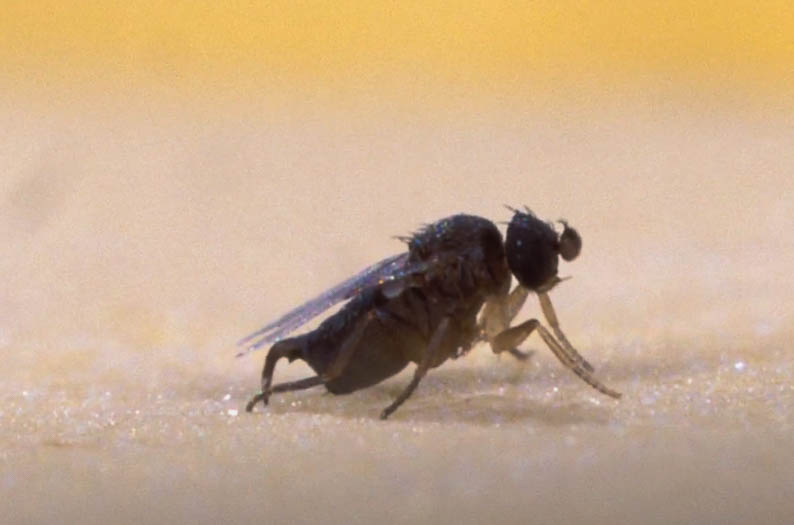
Life cycle
Phorid flies have a four-stage life cycle: egg, larvae, pupal, and adult. Once a female has been impregnated, she will lay up to 100 eggs in a sitting. In an entire lifetime, a female can lay up to 750 eggs. Once laid, the eggs will hatch within around 24 hours. Following hatching, they will begin to feast on the surrounding tissue or hunt for new food sources. In some species, the larvae will hunt or become parasites of snails, spiders, centipedes, and other larvae. In contrast, others prefer to eat plants or fungi. During this period, the larvae are growing in size. Then, after an average of 8 to 16 days, the larvae’s outer exoskeleton begins to dry. It is becoming a pupate. Inside the pupate, the larvae undergo a metamorphosis, transforming into an adult phorid fly. Then, once the transformation is complete, the phorid fly will emerge fully-formed. It takes, on average, 25 days for a phorid fly to develop from egg to adult. However, this is mostly dependent on climatic conditions. Sometimes, the entire process can occur in as little as 11 days.
Habitat
Where moisture exists, phorid flies follow. Or in areas of decomposition. If there is a dead or decaying animal, phorid flies are likely to congregate. If there is an underground sewage break, this can also attract any phorid flies in the area. If given a choice between organic matter and decaying animal flesh, phorid flies will prefer the latter. So, if you discover an animal carcass anywhere near your property, it is sensible to move or bury it. In a home or building, phorid flies will gather near sinks, leaking piping, near bins, or on decomposing flour found under equipment. If one phorid fly is discovered, it is sensible to hunt for the source, as there may be a large infestation.
